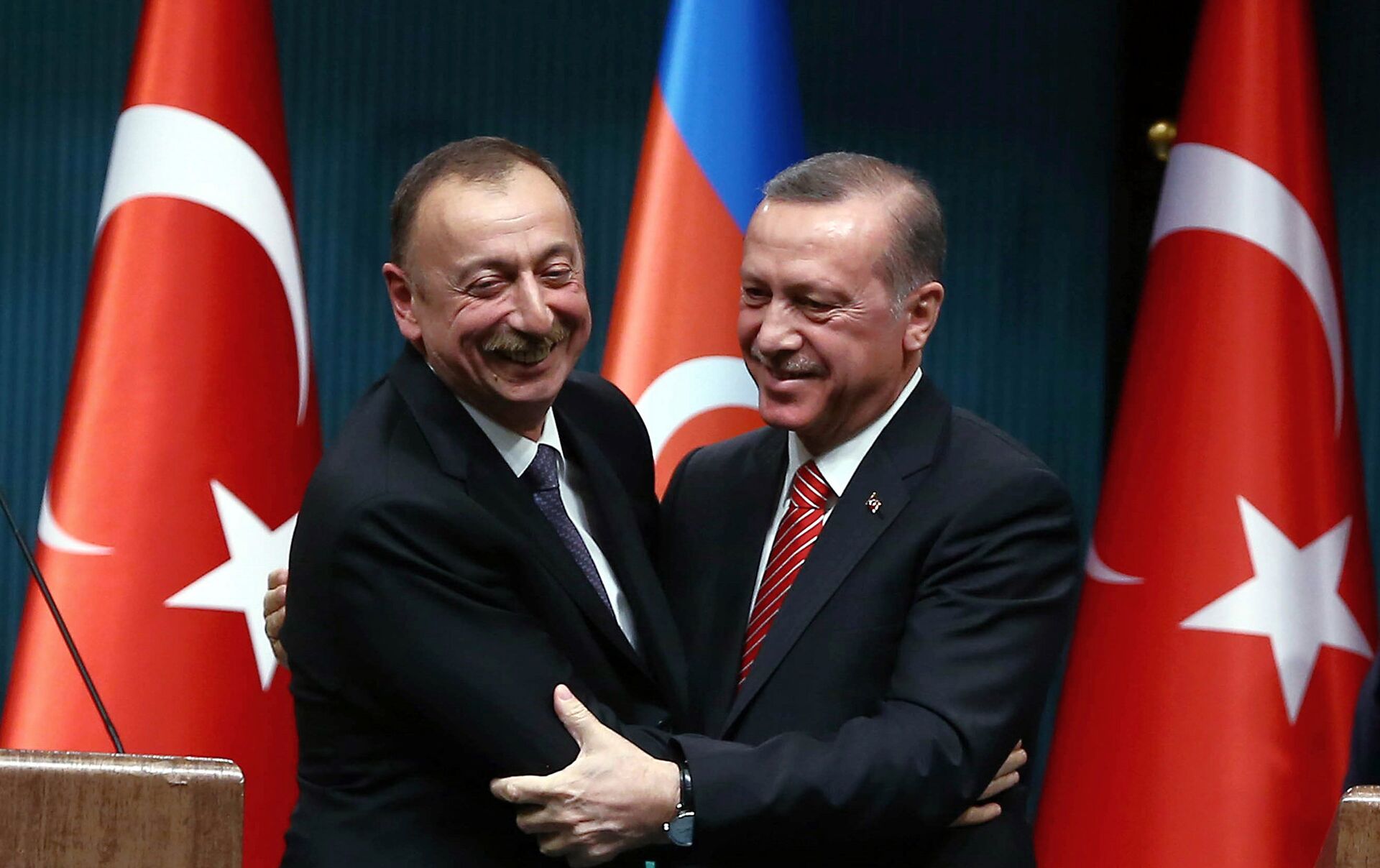Armenia may face depopulation amid demographic problems and labor migration
Demographic situation in Armenia
The prospects of labor migration from Armenia to Russia this year are very unclear because of the war in Ukraine, says demographer Ruben Yeganyan. This opinion about migration processes was voiced during the discussion on the topic “Demographic problems in Armenia”. The United Nations Population Fund (UNFPA) employee Anna Hovhannisyan said that at the beginning of this year the number of deaths exceeded the number of births, and if this trend continued, it would lead to depopulation․
- Mass departure from Armenia: why people are leaving and what could be next
- Housing problem in Armenia: who is unable to rent a home in Yerevan and why?
- The boom of Syrian-Armenian business – the stories of four immigrants in Armenia
“War in Ukraine will have a significant impact on Armenian migrants”
In 2018, the number of those wishing to leave for work in Armenia decreased, this was a noticeable trend immediately after the Velvet Revolution, demographer Ruben Yeganyan believes:
“People expected the situation to improve socially, economically and politically and were less willing to travel to work. These expectations were formed after the change of government”.
According to the expert, the downward trend in migration flows continued until 2021, as evidenced by demographic research data:
“If in 2017 about 35% of Armenian households, that is, more than one in three, were involved in migration processes, then in 2019 this figure fell to 26%.
This downward trend continued into 2021, according to the study. The involvement of households in migration processes reached 18%, that is, only every fifth family in Armenia was involved in migration processes”.
At the same time, the expert believes that the processes of the last two years were also affected by the coronavirus pandemic and the 44-day war in Karabakh, otherwise the number of migrants could increase.
Now, according to the demographer, all studies have lost their relevance to some extent due to the Russian-Ukrainian conflict:
“It is difficult for me to give an accurate assessment, but it is obvious that there is a big question mark over the future of labor migration to Russia. Every year we had about 80,000 migrants who left the country and brought earnings. Now there is no clear idea of how many migrants will be able to leave, how much the amount they earn will change”.
In the autumn of 2022, on October 13-22, a population census will be conducted in Armenia. According to the demographer, this will help obtain reliable data on the population of Armenia and avoid exaggerated figures as much as possible.
“If this trend continues, we will face depopulation”
For several years now, there has been a tendency towards depopulation in Armenia, that is, more people die in the country than born. According to Anna Hovhannisyan, coordinator of the Population and Development Program of the UN Population Fund, in January-February 2022, the absolute number of births decreased and the number of deaths increased. According to the expert, if this trend continues, it will lead to depopulation․
According to her, a negative rate of natural population growth has never been registered in Armenia, when only birth and death rates were compared. But the picture changes when the “migration balance” is also taken into account:
“If the balance of migration was also taken into account, that is, the difference between the absolute number of departures and arrivals, then the positive rate of natural growth always decreased, with the exception of one or two years”.
From 1992 to 2002, natural population growth in Armenia decreased by 60%. It was the largest recession among the countries of the former USSR. Georgia was in second place with 57%.
If in 1992, 70,000 babies were born, then in 2002 the number of newborns was only 32,065. According to the statistics committee, in 1992 there were 3, 633,000 inhabitants in Armenia, and in 2019 their number decreased by 668,000.
Only according to the data as of October 1, 2020, the number of permanent residents of Armenia increased by about 8,200 compared to the beginning of the year, but behind this indicator is the coronavirus, due to which the borders were closed.
According to the expert, in-depth studies are needed to understand the reasons for the decline in fertility. The demographic picture will become clearer when the data for the whole of 2022 is summed up.
Anna Hovhannisyan is sure that by the end of the year the situation will change, since “usually, most births occur at the end of the year”.
Referring to the data, according to which Armenia is an aging country, she stressed:
“According to the UN scale, if the proportion of older people in a country is above 7%, it is considered to be aging, and the proportion of older people in Armenia is 14%”.
In this regard, the expert proposes to maximize the potential of older people, instead of considering them as a “burden”, ” and extra medical or social expenses”.




















